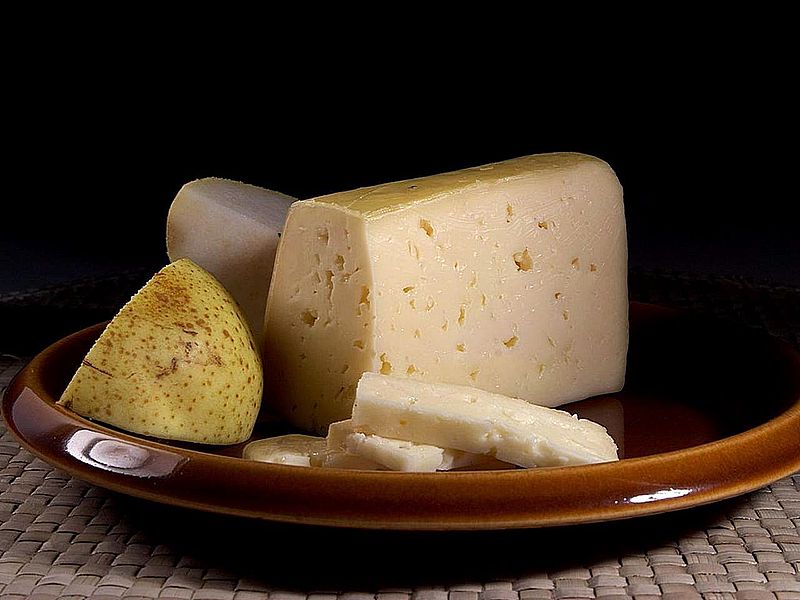My sister and I always joke that there’s nothing to eat when we’re at our parents’ house. Of course, there’s food. But between jars of mayonnaise that have become permanent fixtures in the fridge and green beans canned during the first term of the Bush presidency, we question how much of it is edible. My parents take the dates on their foods very casually — a light suggestion, really.
Turns out they’re not wrong, says Dr. Pritish Tosh, Infectious Diseases Physician and Researcher at the Mayo Clinic (also: Moldy Blue Cheese Fan).
“It’s important for people to realize the distinction between expiration date and a ‘best by’ or ‘use by’ date,” says Tosh. “Most food people have in their pantry or refrigerator don’t have expiration dates. They have a ‘use by’ date.”
All of these dates can be confusing, Tosh acknowledges. We associate a couple of terms with determining whether food is fit to consume or not. Here’s a breakdown:
Best Before or Use By Date: A matter of taste, not safety. These are recommendations from the manufacturer on how long you can expect food to maintain optimal flavor, consistency, and taste, as suggested by the manufacturer. You can still eat food that’s past this date, but use scent or taste to determine if it’s spoiled.
Sell By Date: Similar to “Best Before” or “Use By” dates, it tells stores how long to display the product for sale for inventory management.
Expiration Date: Although expiration dates are typically conservative, it’s important to follow them. They indicate when foods start to spoil, although it’s just as crucial to note off odors, flavors, or textures (even before expiration dates).
Consuming spoiled foods will typically only cause an upset stomach, although improperly stored canned goods can cause botulism.
“Is someone likely to contract botulism by eating cheese that’s had mold adjacent to it? It’s unlikely,” Tosh says. “But is there a chance that there could be some toxin gastrointestinal illness? Yes, it’s possible. The more contaminated the food is, the more likely it is.”
Nevertheless, there are some foods that can be used even though they have mold, says USDA Communications Coordinator Amanda D. Heitkamp.
It’s normal for hard salami and dry-cured country hams to have surface mold. Just scrub it off, she says. With hard cheeses and firm fruits or vegetables, cut off at least one inch around and below the mold spot, but toss soft cheeses, fruits, and vegetables with mold.
“Remember that you only see part of the mold on the surface of food — gray fur on forgotten bologna, fuzzy green dots on bread, white dust on Cheddar, coin-size velvety circles on fruits, and furry growth on the surface of jellies,” she says. “When a food shows heavy mold growth, ‘root’ threads have invaded it deeply.”
To limit food waste and reduce risk of sickness, Heitkamp suggests rotating the foods in your pantry and refrigerator so that you use the oldest foods first, while Tosh recommends editing your grocery list before heading to the store.
“When considering whether to get the super-sized jug of mayo, think of what you will probably go through in a reasonable amount of time,” he says. “I think it’s easier to look at the per unit price when shopping and buying more than you need than it is to imagine the cost of unused food.”

